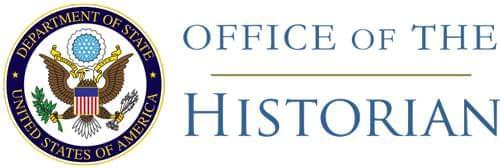Roosevelt Papers
Draft Letter From President Roosevelt to Generalissimo Chiang 1
My Dear Generalissimo: As you probably know, the Prime Minister and I have recently conferred in North Africa with our respective Chiefs of Staff for the purpose of determining the course of action that would most effectively facilitate the defeat of all2 our enemies. Global strategy was discussed in general, and specific theaters were studied in detail, with a view to determining the most advantageous allocation of resources. It was agreed that we should wage war with an ever increasing tempo against Japan. The United States will intensify her efforts to drive the Japanese from the South Pacific Islands and will relentlessly harass Japanese naval and air forces, shipping and land armies.
I am sending Lt. Gen. H. H. Arnold, Commanding General of the U. S. Army Air Forces, to you as my personal emissary to explain more fully our contemplated plans for Burma and to examine the situation with reference to air operations in the India–Burma–China area.
We will intensify our efforts to improve the situation by augmentation of the flow of supplies, particularly for the support of larger air forces to operate in China.
Mrs. Roosevelt has informed me that Madame Chiang Kai Shek is making excellent progress in the restoration of health.3 We are looking forward with the greatest pleasure to her visit in our home at the White House.4 With the victorious conclusion of the War, we will hope to have the pleasure of a visit by you which will give us the opportunity to welcome you at the White House to accept the tribute of the citizens of the United States to your heroic leadership of the Chinese people.
- This draft was apparently revised when it was decided that Roosevelt and Churchill would send a joint telegram to Chiang. For the final text of Roosevelt’s letter to Chiang, see infra. The joint telegram is printed post, p. 807.↩
- The word “all” is inserted in Roosevelt’s handwriting.↩
- Madame Chiang arrived in New York on November 27, 1942, in order to undergo medical treatment in the United States; see Sherwood, pp. 644 and 660.↩
- For information concerning the visit of Madame Chiang to the White House in February 1943, see Department of State Bulletin, February 20, 1943, p. 165.↩
